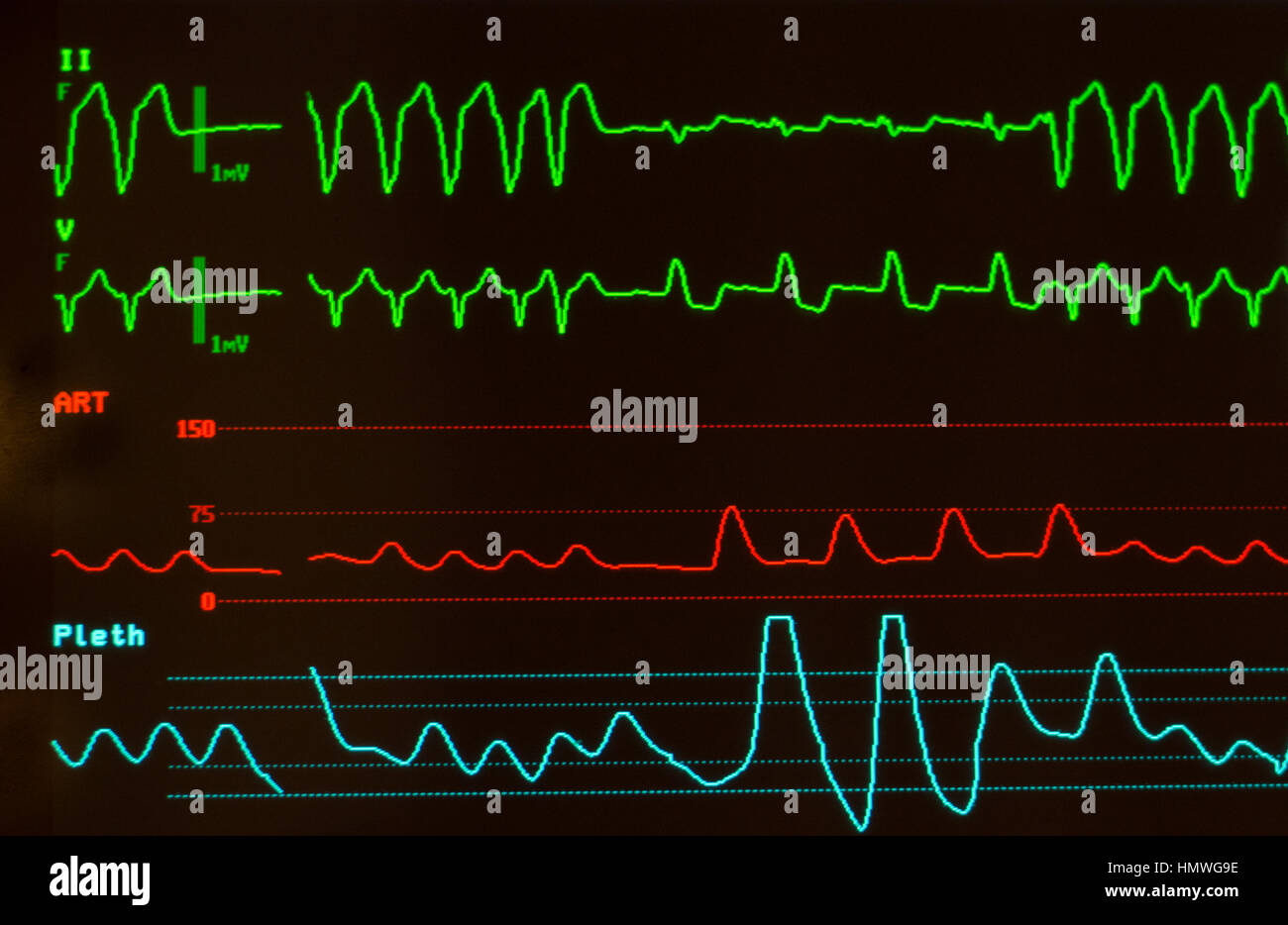
Moss AJ, Hall WJ, Cannom DS, Klein H, Brown MW, Daubert JP, et al.

An individual patient meta-analysis of five randomized trials assessing the effects of cardiac resynchronization therapy on morbidity and mortality in patients with symptomatic heart failure. Condensed abstractĪtypical left bundle branch morphology defined as QS or rS in lead V1, broad R waves in lead I, and aVL but with QS or rS in V5–V6 is associated with favorable echocardiographic response to CRT and displays similar survival rates to typical LBBB patients.Ĭleland JG, Abraham WT, Linde C, Gold MR, Young JB, Claude Daubert J, et al. This subgroup of IVCD should be considered for CRT. Patients with ALBBB may have a favorable echocardiographic response to CRT and display similar survival rates to typical LBBB. Cumulative 2-year survival was 88% in ALBBB, 86% in TLBBB, and 76% in OIVCD ( p value = 0.011). A multivariable model showed a lower likelihood of echocardiographic response in OIVCD and a similar likelihood in ALBBBB compared to TLBBB. 75% and 72%, respectively, p = 0.01 for both comparisons). Rates of echocardiographic response were lower among those with OIVCD compared to those with LBBB and ALBBB (50% vs. Resultsīaseline clinical characteristics were similar among all the three groups.

Endpoints were 2 years mortality and echocardiographic response, defined as a decrease of ≥ 10% in indexed LVESV or an increase of ≥ 5% in left ventricular ejection fraction at 1 year of follow-up. ECGs were classified into the following three groups: (a) typical LBBB (TLBBB) according to accepted guidelines ( n = 67) (b) IVCD with LBBB pattern criteria in V1, 1, and aVL but with QS or rS in V5–V6 which we defined as atypical LBBB (ALBBB) ( n = 74) and (c) all other IVCD (OIVCD) patterns ( n = 98). MethodsĬonsecutive baseline ECGs of 239 patients implanted between 20 with CRT were analyzed. However, IVCD pattern is heterogeneous, and it is possible that QRS patterns may also respond to CRT. We have found that IVCD is an important ECG predictor of prognosis in patients with CHF.Response to cardiac resynchronization therapy (CRT) is well-established in patients with typical left bundle branch block (LBBB) but modest or even negative in those with intraventricular conduction delay (IVCD). Further analysis of IVCD and QTc showed that, for different cut-off values, IVCD is better than QTc, and that there is a graded increase in mortality with increasing value of IVCD.

The addition of plasma sodium, age and NYHA class had no added benefit on the predictive power of the model. A model based on multivariate analysis showed that IVCD, MVO2 and left ventricular ejection fraction (LVEF) were the best predictors of mortality. On bivariate analysis, IVCD and MVO2 were better predictors when combined together. On univariate analysis by the Cox proportional Hazard method, intraventricular conduction delay (IVCD) and QTc were identified as predictors of mortality. Cardiopulmonary exercise testing and radionuclide ventriculogram were also performed where possible. Relevant data from 241 CHF patients were analysed retrospectively. The purpose of this study was (a) to identify the best ECG parameter that predicts mortality, (b) to evaluate the prognostic marker of ECG against well-established indicators of prognosis. Chronic heart failure (CHF) is associated with high mortality, and there are several established clinical and laboratory parameters that predict mortality in CHF.


 0 kommentar(er)
0 kommentar(er)
